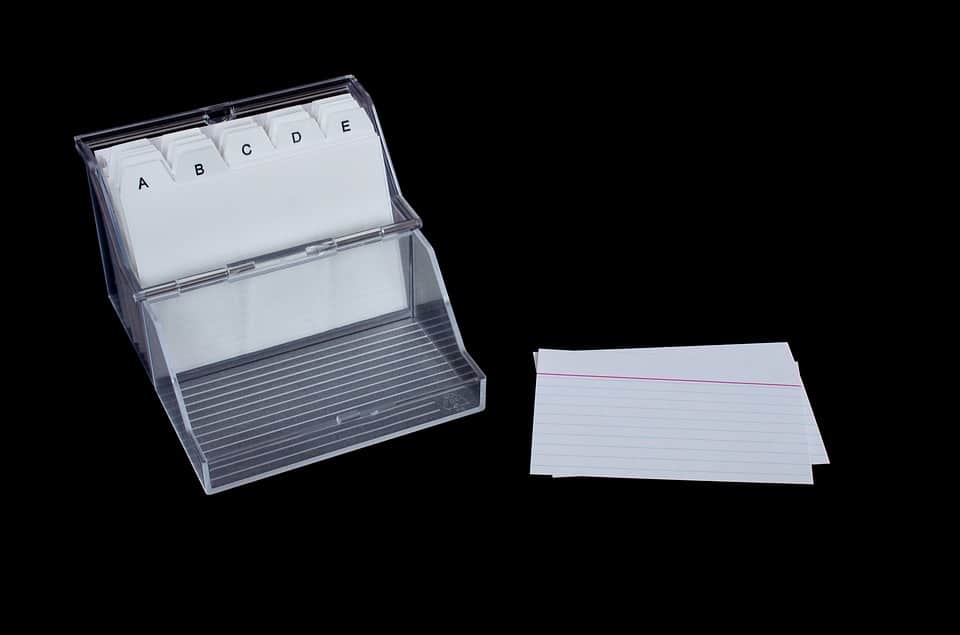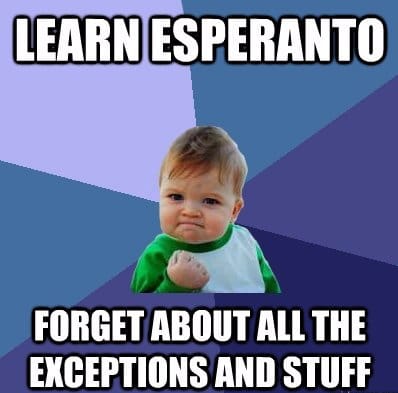Practice with a Word Box
As emerging readers develop, they begin to add significantly to their word base. Reading consists of several skills, one of which is the memorization of many high frequency words, or sight words. These are words that occur often when we read and tend to make up the majority of the words we read when reading. There are many high frequency or sight word lists that parents and teachers can choose from. For our purposes, we us the Fry’s Instant Word List.
According to E. B. Fry, who developed the Fry’s Instant Word List, there are 300 words that are essential to developing readers. It is suggested that: “This list contains the most commonly used words in written English, ranked in frequency order. The 300 instant words and their common variants make up 65% of all the words in any textbook, any newspaper, or any writing sample in English.” (Rite Flight: A Classroom Reading Program: 2006, 169) Therefore, the faster a student is able to recognize these words, the less effort they will need to decode these words and the quicker their reading rate will be.

The Word Box is a tool designed to give students repetitive practice with orthographically inconsistent words, or high frequency sight words. It is a simple tool that, when used consistently and properly, is very powerful. Words are added that the student doesn’t know from either a high frequency word list or from words missed in their reading.
Every student will have a box, which will hold all their unknown sight words. There are several categories of sight words: slow, medium, fast, and graduates. We encourage students to pick their own labels for these categories in order to personalize their box (ex. snails, dogs, eagles, etc).
When a new word is added, it will begin in the slow category. Once the student is able to correctly read the word, it will move up to the medium category.
When the student is able to read the word within two seconds, it will move up to the fast category.
Once a word is in the fast category, the student must read it correctly 5 times in a row to move it up to “graduate.” This must be read within a second. Remember these should be instant words, and students should recognize them as quickly as they recognize their own name. We will mark each correct reading of a fast word with a check on the back of the index card to keep track. Occasionally a word may be misread, or slow, in which case it will need to move down a category.
The word is printed neatly in black marker on the blank side of an index card and added to the box. Every so often a student may need a visual “hint” to help them recognize a word. This is done lightly in pencil and is erased when the word has moved up to the fast category.
When students miss words, it is helpful to have them image or visualize the word by drawing it on the table or in the air with their finger. This will help develop their visual memory for the word so it can be easily recognized in the future.
Students should practice their box several times a week for 10-15 minutes. The word box is an effective and strategic way for students to develop their word knowledge.





